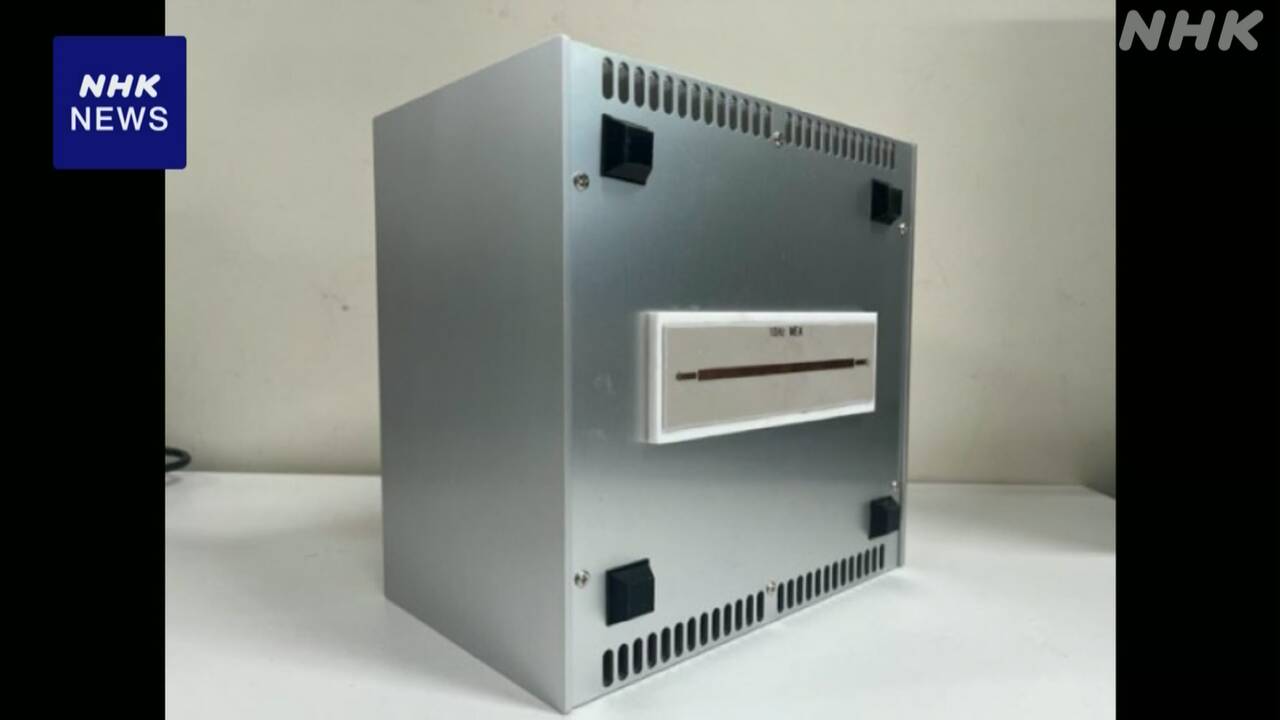In the Artemis Project, an international project aimed at manned lunar exploration by astronauts, NASA (National Aeronautics and Space Administration) is using international research from the University of Tokyo and other institutions as one of the observation instruments that astronauts take with them when they land on the moon. The team announced that they had selected a device to develop.
Under the Artemis Program, an international lunar exploration program led by the United States and with Japan participating, the United States aims to conduct manned exploration of the lunar surface for the first time in about half a century since the Apollo program, with the goal of 2026.
On the 26th, NASA announced that it had selected an instrument developed by an international research team led by Professor Hideaki Miyamoto of the University of Tokyo as one of the observational instruments it will bring to the lunar surface.
This device is called the ``lunar permittivity meter,'' and astronauts who have landed on the moon will install it directly on the lunar surface to investigate the electrical properties of shallow underground areas.
This will help us understand the distribution of underground rocks and help us investigate the state of the moon's resources, such as the water that is thought to exist in the form of ice near the moon's south pole.
In addition to this, NASA is also selecting equipment to measure the ``earthquakes'' that occur on the moon, and equipment to investigate the effects of growing crops on the moon.
Professor Miyamoto said, ``I am surprised and happy to have been selected. Just thinking about astronauts taking the equipment we created to the moon makes me so excited that I can't sleep at night.'' I did.

